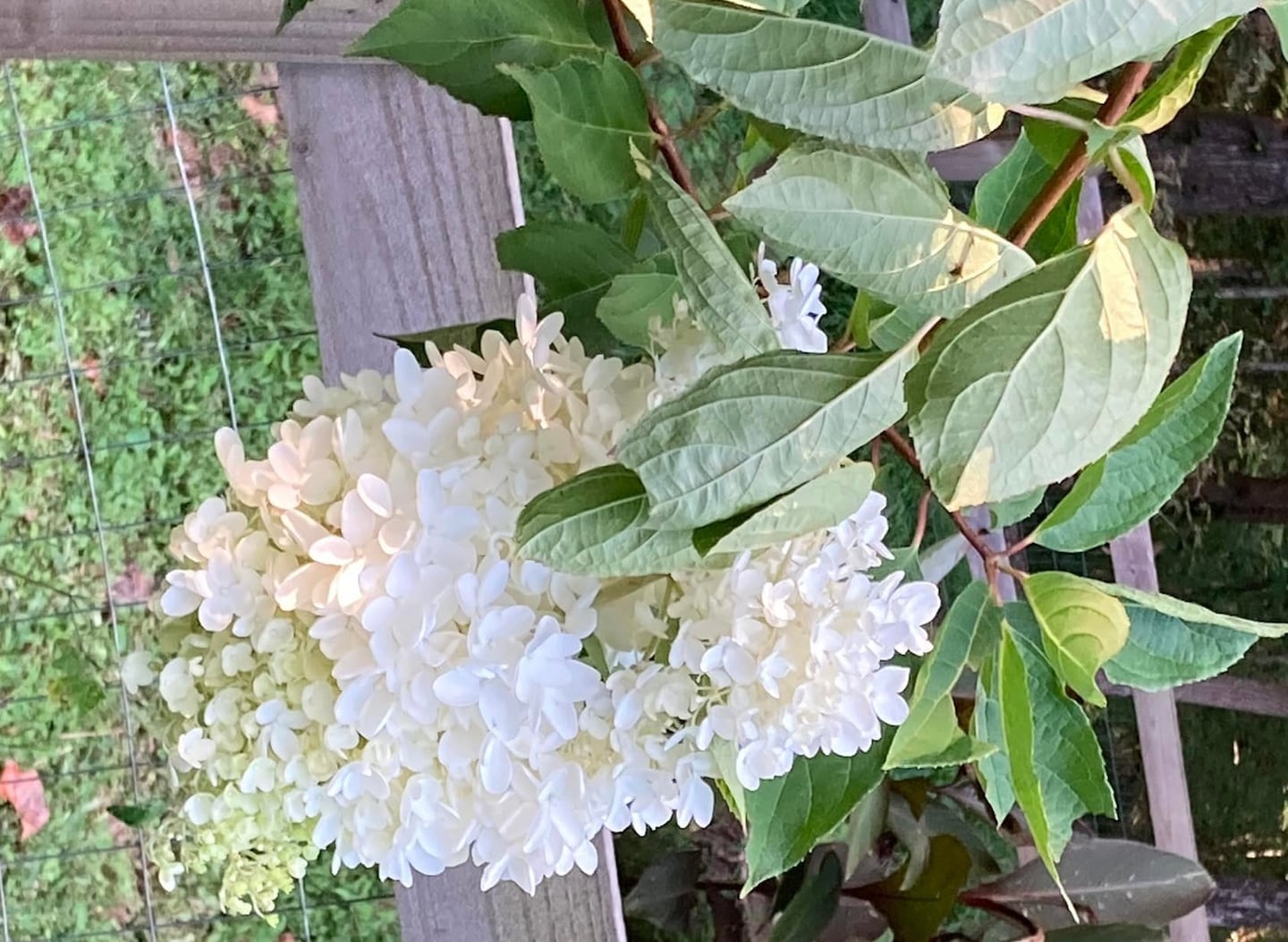Recently, I spoke at a garden club meeting, and many of its members aren’t from Georgia. Approaching me after my talk, they expressed their adoration for the colorful hydrangeas we enjoy here in the South. A couple of the ladies didn’t realize there are different classifications of hydrangeas, with different sun and care needs.
Here are some pointers to identify the most common types, what they need, and when to prune them (if they even need it).
MOPHEAD (macrophylla)
This is the type that most consumers recognize. Blooms are most often big and round and can be blue, pink, purple, and white. Color of the flowers can be set or can sometimes be changed when soil pH is adjusted. To get/keep blue flowers, decrease the soil pH by adding aluminum sulfate and sulfur, thus making it more acidic. To get pink and/or purple flowers, increase the soil pH by adding lime, thus making it less acidic (more alkaline).
*Consult a landscaper or county extension agent for amounts and timing. Color may take an entire season to change.
Mopheads prefer to be planted in an area that gets morning sun and not full, afternoon sun. In fact, they prefer dappled sunlight.
And NOW is the time to prune mophead hydrangeas, if they even need it. Remember - “prune after flowering”. Either remove entire canes/stems with this year’s expired flowers, or cut just below each expired, skeletonized bloom to tidy things up.
PANICLE (paniculata)
For a succession of hydrangea blooms, add these to the landscape. They bloom about the time that mopheads are fading. The plant sports cone, almost bunch grape shaped flowers. Often, the weight of the bloom will make the stems droop or bow over.
‘Limelight’ is a very common panicle type. They can certainly tolerate full sun. And pruning can be done as late as mid-to-late March because they flower on new growth each spring.
OAKLEAF (quercifolia)
Commonly thought of as more of a woodland plant, oakleaf hydrangea is easily identified by it’s oak-like shaped leaves. They do need some sun to bloom of course, and they prefer more moist soil. These get pretty large, so place them where they can grow and thrive.
Blooms grow in more pointed clusters and, much like oak trees, the leaves change color in the fall before they drop from the bush.
Just like mophead hydrangeas, prune these right after flowering, to reduce the size if necessary.
Many gardeners may not realize that Atlanta is home to the American Hydrangea Society! They are a great resource and host classes and garden tours each year to educate folks on these landscape staples!
©2025 Cox Media Group










